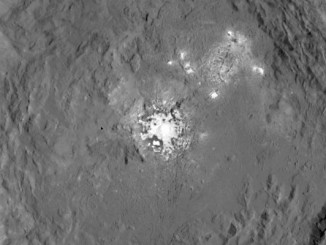
Archive



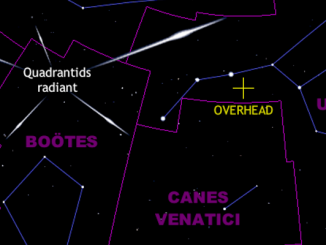
Get ready for the Quadrantid meteor shower’s peak on 4 January
The first major annual meteor shower is the Quadrantids that is active from 1 to 6 January. While it is a display that can rival the August Perseids or the December Geminids at its best, most of the peak activity occurs within a six-hour window centred on a short, sharp maximum that is predicted to fall on the UK morning of Monday, 4 January 2016.
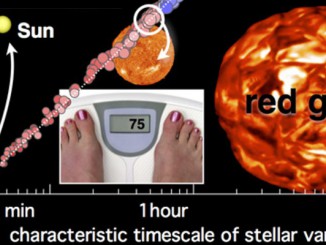
Measuring the pull of gravity at the surface of distant stars
An international team of researchers have found a new way to measure the pull of gravity at the surface of a star. The new method allows scientists to measure surface gravity with an accuracy of about four percent, for stars too distant and too faint to apply current techniques. For remote stars with planets orbiting them, this information is key in determining whether any of those planets can harbour life.

No. 9 Rosetta rides with its comet
While 2014 was the year the Rosetta spacecraft celebrated making it into orbit around a comet, 2015 was the year it got down to some serious hard work. Its comet, with the tongue-twisting name 67P/Churyumov–Gerasimenko, made its closest approach (186 million kilometres) to the Sun, a period known as perihelion when the comet would be expected to be at its most active. Rosetta was there to witness this.
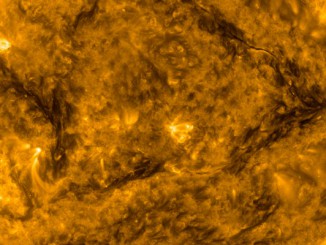
No. 10 Solving the lithium mystery
At number 10 in our top stories of the year: one of the most perplexing problems of modern cosmology and astrophysics was solved. For decades scientists had puzzled over where all the lithium in stars had disappeared to. Fortunately for the Big Bang model, Italian scientists at the International School for Advanced Studies in Trieste discovered that it was the stars that were to blame.
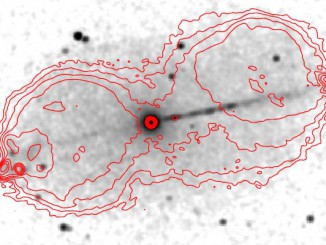
Magnetic fields in powerful radio jets from supermassive black holes
Supermassive black holes at the centres of galaxies can spawn tremendous bipolar jets extending over hundreds of thousands of light-years. A CfA study of the bright radio jet galaxy Pictoris suggests that bright X-ray emission from the jets is produced by rapidly moving charged particles in magnetic fields.

See Comet Catalina’s close brush with the northern sky’s brightest star
Discovered on 31 October 2013 by the Catalina Sky Survey, C/2013 US10 is an Oort Cloud comet making its first foray into the inner solar system. Currently dashing northward through the constellation Boötes, Comet Catalina passes within ½ degree of Arcturus, the brightest star of the northern sky, on the morning of 1 January 2016.
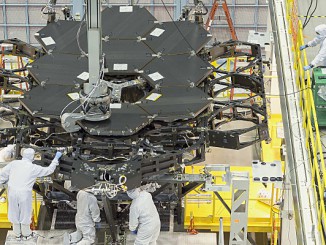
James Webb Space Telescope mirror installation halfway complete
Inside NASA’s Goddard Space Flight Center’s massive clean room in Greenbelt, Maryland, the ninth flight mirror was installed onto the James Webb Space Telescope’s structure with a robotic arm. After being pieced together, all 18 primary mirror segments will work together as one large 6.5-metre mirror. The full installation is expected to be complete early in 2016.
